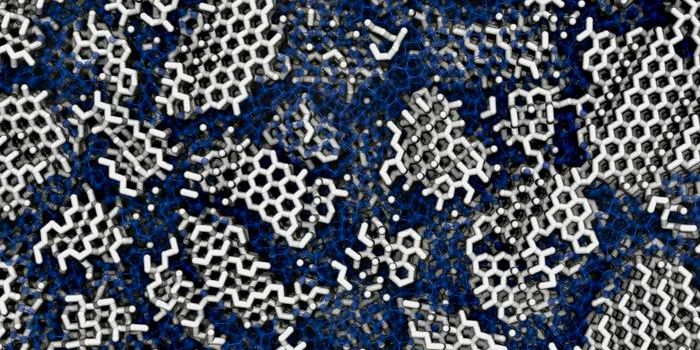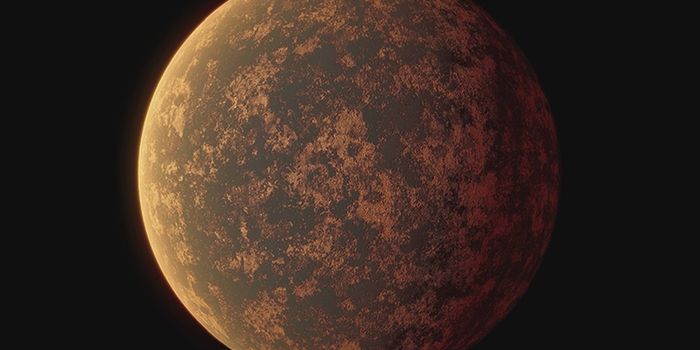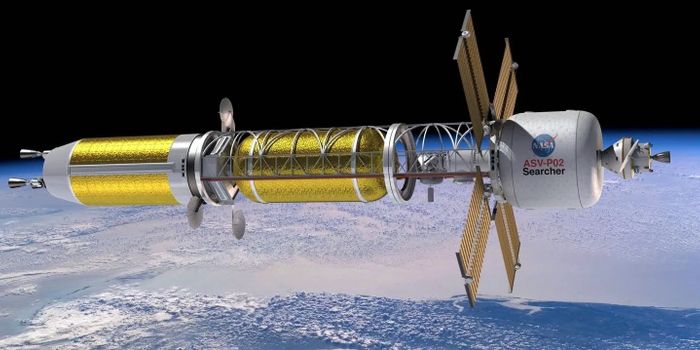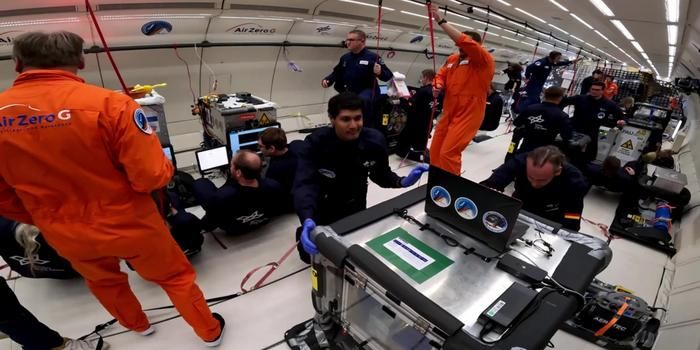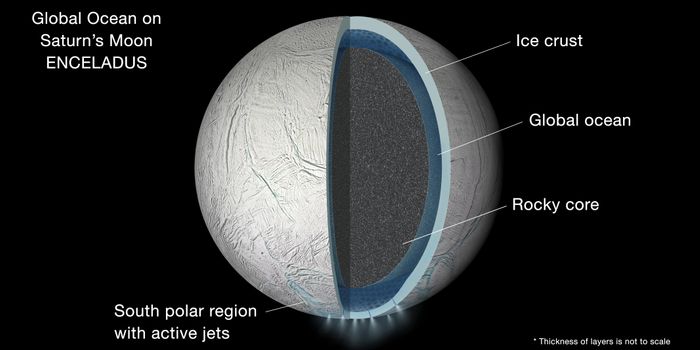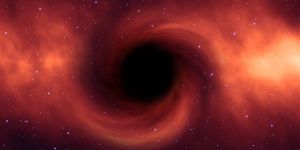Io: The Volcano World
Io, the first Galilean moon of Jupiter—The Volcano World, with its molten silicate lava lakes and hundreds of active volcanoes spewing lava far above its surface, it’s easy to be in complete awe at this bright, colorful, and very active world. Io is the most volcanically active world in the solar system, but what makes this world so intriguing to study, and what can Io teach us about searching for life beyond Earth?
Io was first discovered by Galileo Galilei in 1610, along with the three other Galilean moons—Europa, Ganymede, and Callisto. However, Io was possibly also discovered independently that same year by the German astronomer, Simon Marius, who named it after Io of Greek mythology. Due to the very active volcanism all over its surface, there is no evidence of impact craters anywhere on its surface. Large areas of the surface of Io are composed primarily of sulfur dioxide frost, as well as the atmosphere which is extremely thin and about one billionth the surface pressure of Earth’s atmosphere.
The first spacecraft to visit Io were the twin Pioneer 10 and 11 probes in December 1973 and December, respectively. While these missions helped improve our understanding of Io’s mass and composition, the twin probes Voyager 1 and 2 were the first to image Io in great detail which showed multiple plumes, lack of craters, and pits, mountains, and features resembling lava flows.
The mechanism responsible for Io’s immense volcanic activity is tidal heating as the moon is constantly being compressed and stretched as it orbits the much larger Jupiter, but also being tugged by Europa, which orbits just beyond Io. The tug that Europa has on Io causes Io’s orbit to be eccentric rather than circular like the Earth’s. This eccentric orbit means that Io is closer to Jupiter at times and farther at other times. When it’s closer to Jupiter, the massive planet stretches Io, and when it’s farther away then Io is compressed back to normal. This constant friction and flexing causes the interior of Io to stay hot and active, ultimately resulting in its very active volcanism.
While Io itself is most likely devoid of life due to its extreme volcanism, this same tidal heating is also experienced on Europa, Jupiter’s second Galilean moon, which is surrounded by an icy outer shell but has shown evidence of an interior liquid water ocean in its deep interior. If tidal heating can exist in our own solar system, what will we find around other stars in the galaxy? Only time will tell, and this is why we science!
As always, keep doing science & keep looking up!
Sources: NASA Solar System Exploration, Britannica, European Space Agency, Space.com, Universe Today, Toby Smith – University of Washington

